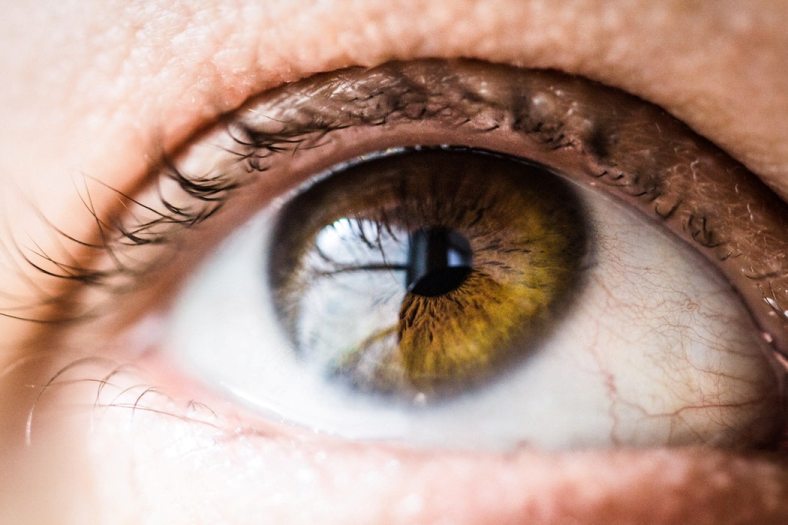Dry eye syndrome can be defined simply as the chronic insufficient moisture and lubrication on the eye’s surface. Effects can be as subtle as frequent eye irritation or as extreme as scarring or inflammation of the eyes. Often, the scarring occurs on the eye surface.
However, while this condition is simply referred to as dry eyes, specialists from a leading eye care in St. Louis is also known by several other alternative medical terms that include:
- Keratitis sicca: This term is used to describe excessive dryness as well as the subsequent inflammation of the patient’s cornea.
- Dysfunctional tear syndrome: This term is used to explain the importance of the quality and quantity of tears. Tears should not just be in sufficient amounts, but also of high quality.
- Keratoconjunctivitis sicca: The term is very useful in describing dry eye with an impact on both the conjunctiva as well as the cornea.
Dry eyes are quite common these days, and the syndrome causes many people to visit their eye doctor. Recent studies have revealed that about half of Americans aged at least 18 years experience dry eye symptoms on a regular basis. The number of people suffering from the syndrome is expected to increase to worrying levels within the next decade. The problem is also common among individuals aged 50 years and older, but the prevalence rate is higher in women than men.
Symptoms
Symptoms may include itchy eyes, fatigued eyes, sore eyes, blurred vision, dryness sensation, aching sensation, burning sensation, photophobia, heavy eyes, and red eyes. A more common one is the foreign body sensation, which creates the feeling that a foreign object, such as grit, is irritating the surface of the eye. Interestingly, watery eyes can also signal dry eye syndrome because sometimes too much dryness of the eye leads to over-stimulation of the production of the tears’ watery component in response to the extreme dryness and as a protective mechanism of the body. However, this reflex action only takes short time on the eye and fails to correct the natural dry eye condition.
Diagnosis
To ascertain that, indeed, you do have chronic dry eye syndrome, it is essential to visit your eye doctor, as he or she will perform a few tests during the examination to determine the incidence and severity of the problem. Symptoms often vary from one individual to the next, and may also be impacted by personality type. An ophthalmologist or optometrist can run a series of tests to determine whether indeed you do have dry eye syndrome. This information can then be shared with your eye doctors to help determine the best course of action to achieve comfortable and healthy eyes.
Treatment
In many cases, routinely using artificial tears can be very effective against dry eyes. Minor behavioral modifications, such as taking regular breaks when using the computer, can significantly reduce the symptoms associated with dry eyes. Restasis, Xiidra, and steroid eye drops recommended by eye doctors have also proven very effective in managing the symptoms. Sometimes, Lacrisert and punctual plugs can also be recommended.
Healthy Habits to Practice
The environment around you can contribute to dry eyes. When it’s windy, you can stay indoors and avoid smoking cigarettes. When going outside is inevitable, you can use eyewear to protect your eyes from wind.
The amount of time working in front of computer screen can affect your eye and can cause strain and worsen your dry eye syndrome. You can try the 20-20-20 rule. That is, look away from your screen at least every 20 minutes for 20 seconds focusing at things 20 feet away. This will help lessen the strain and fatigue in your eye muscles.
